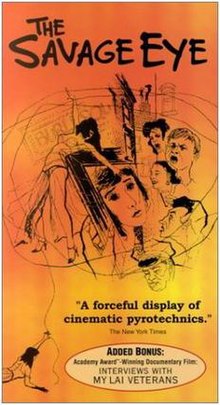
William Norman McLaren, LL. D. was a Scottish Canadian animator, director and producer known for his work for the National Film Board of Canada (NFB). He was a pioneer in a number of areas of animation and filmmaking, including hand-drawn animation, drawn-on-film animation, visual music, abstract film, pixilation and graphical sound. McLaren was also an artist and printmaker, and explored his interest in dance in his films.

White Wilderness is a 1958 nature documentary film produced by Walt Disney Productions as part of its True-Life Adventure series. It is noted for its propagation of the misconception of lemming mass suicide.
Joseph Ezekiel Strick was an American director, producer and screenwriter.
Roman Kroitor was a Canadian filmmaker who was known as a pioneer of Cinéma vérité, as the co-founder of IMAX, and as the creator of the Sandde hand-drawn stereoscopic 3D animation system. He was also the original inspiration for The Force. His prodigious output garnered numerous awards, including two BAFTA Awards, three Cannes Film Festival awards, and two Oscar nominations.

William Garfield Greaves was an American documentary filmmaker and a pioneer of film-making. After trying his hand at acting, he became a filmmaker who produced more than two hundred documentary films, and wrote and directed more than half of these. Greaves garnered many accolades for his work, including four Emmy nominations.
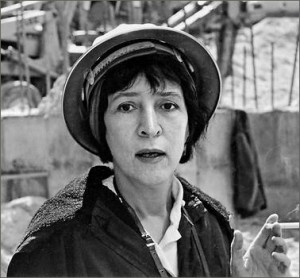
Helen Levitt was an American photographer and cinematographer. She was particularly noted for her street photography around New York City. David Levi Strauss described her as "the most celebrated and least known photographer of her time."
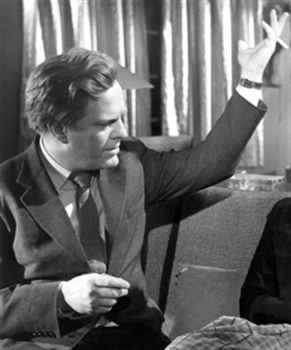
Seth Holt was a Palestinian-born British film director, producer and editor. His films are characterized by their tense atmosphere and suspense, as well as their striking visual style. In the 1960s, Movie magazine championed Holt as one of the finest talents working in the British film industry, although his output was notably sparse.
Irving Lerner was an American filmmaker.
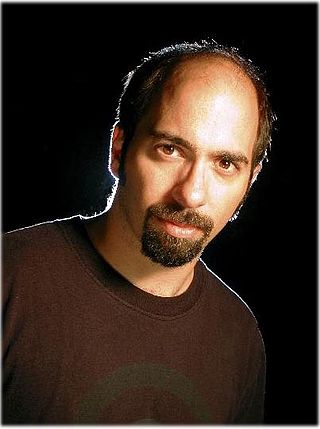
Stefan Avalos is an American Filmmaker, Musician and Journalist, best known for his work in film. Together with his partner Lance Weiler, he made The Last Broadcast (1997), a horror film based on found footage. The two men wrote, directed, starred in, and produced the film together. It was shown at film festivals, winning Best Feature Film Silver Prize at the Chicago Underground Film Festival.
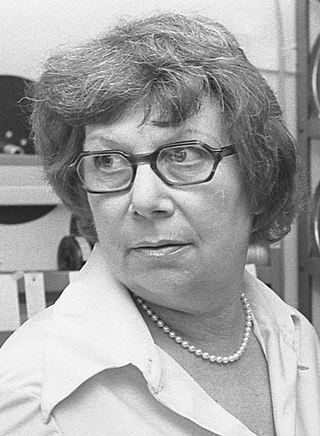
Verna Fields was an American film editor, film and television sound editor, educator, and entertainment industry executive. In the first phase of her career, from 1954 through to about 1970, Fields mostly worked on smaller projects that gained little recognition. She was the sound editor for several television shows in the 1950s. She worked on independent films including The Savage Eye (1959), on government-supported documentaries of the 1960s, and on some minor studio films such as Peter Bogdanovich's first film, Targets (1968). For several years in the late 1960s, she was a film instructor at the University of Southern California. Her one major studio film, El Cid (1961), led to her only industry recognition in this phase of her career, which was the 1962 Golden Reel award for sound editing.
Ben Maddow was an American screenwriter and documentarian from the 1930s through the 1970s. Educated at Columbia University, Maddow began his career working within the American documentary movement in the 1930s.

Night Mail is a 1936 British documentary film directed and produced by Harry Watt and Basil Wright, and produced by the General Post Office (GPO) Film Unit. The 24-minute film documents the nightly postal train operated by the London, Midland and Scottish Railway (LMS) from London to Scotland and the staff who operate it. Narrated by John Grierson and Stuart Legg, the film ends with a "verse commentary" written by W. H. Auden to a score composed by Benjamin Britten. The locomotive featured in the film is LMS Royal Scot Class 6115 Scots Guardsman.

Sidney Meyers, also known by the pen name Robert Stebbins was an American film director and editor.
Jack Craig Couffer A.S.C. was an American cinematographer, film and television director, and author. Couffer specialized in documentary films, often involving nature and animal cinematography. Couffer was nominated for an Academy Award for Best Cinematography for his work on the film version of the novel Jonathan Livingston Seagull (1974).
An Affair of the Skin is a 1963 drama film written and directed by Ben Maddow. It is a complex story of the romantic entanglements of its several characters as seen through the eyes of a black woman photographer. Shortly after its release, the film was harshly reviewed in Time and The New York Times. Woody Haut's more recent characterization is more sympathetic:
...a worthy, if not altogether successful, attempt at being an American art movie, a hodgepodge of influences, from Italian Realists, Antonioni and Bergman to US social conscience films and documentarists like Robert Flaherty. Written, produced and directed by former documentarist and Hollywood scriptwriter Ben Maddow, the film was, for the most part, shot on the streets of New York, and memorable for its sensuousness, its street-level camera-work and use of natural light.
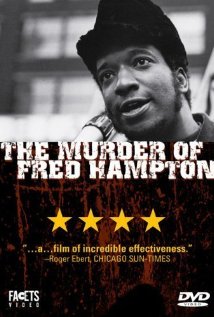
The Murder of Fred Hampton is a 1971 American documentary film about the short life and death of Fred Hampton, a young African-American civil rights activist in Chicago and leader of the Illinois Black Panther Party. During the film's production, Hampton was fatally shot on December 4, 1969, in a pre-dawn raid at his apartment by the Chicago Police Department. The raid was revealed to have been organized in cooperation with the FBI.
Muscle Beach is a 1948 short documentary film directed by Joseph Strick and Irving Lerner, showing amateur athletes and bodybuilders at the original Muscle Beach in Santa Monica, California. The soundtrack consists of songs sung by Earl Robinson.

Grant Holland Crabtree was a Canadian cinematographer, director, and photographer who worked during the early years of the Canadian film industry, first for Crawley Films, then for the National Film Board and the National Research Council. His work includes the highly touted The Loon's Necklace, The Chairmaker and the Boys, Morning on the Lièvre, and Song of Seasons.

Thomas Cullen Daly was a Canadian film producer, film editor and film director, who was the head of Studio B at the National Film Board of Canada (NFB).
Todd Berger is an American film director, screenwriter, actor, and novelist most prominently known for writing and directing the feature films It's a Disaster, Cover Versions, The Scenesters, and the documentary Don't Eat The Baby: Adventures at post-Katrina Mardi Gras.
